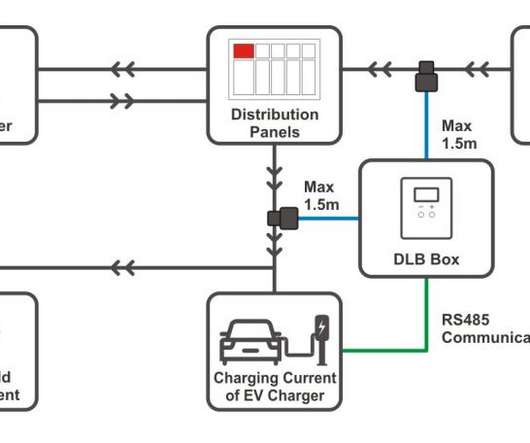International automotive researchers emphasize the importance of continued development of the internal combustion engine
Green Car Congress
OCTOBER 9, 2019
Global warming potential (GWP) in CO2 equivalent tons by sector. The authors assert that “zero emissions” BEVs will not replace IC engines in commercial transport to any significant degree because of the weight, size and cost of the batteries required. Transportation contributes about 10%. Reitz et al. Gas exchange. Electrification.
















Let's personalize your content